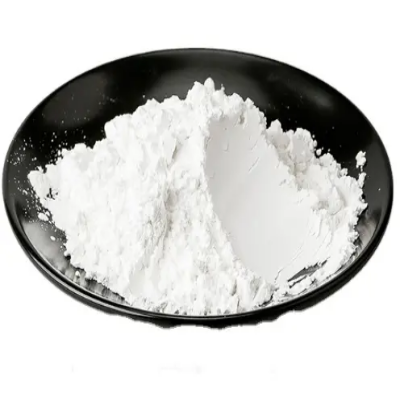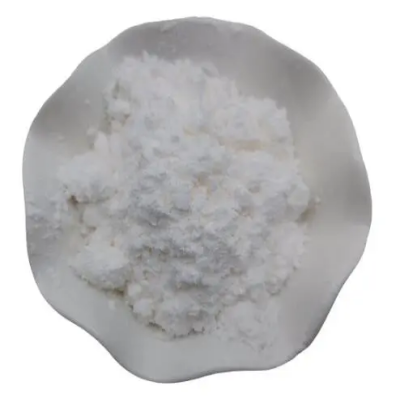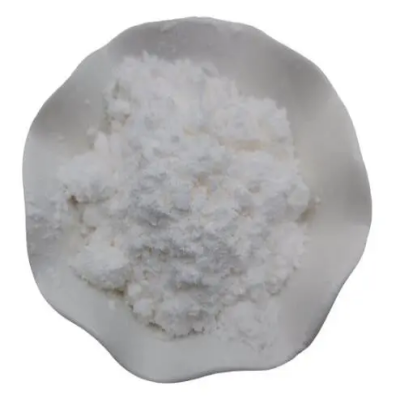Tetrabutylphosphonium acetate CAS:30345-49-4
Tetrabutylphosphonium acetate (TBPA) has a variety of important applications primarily due to its solubility and unique phase-transfer characteristics. One of the most notable uses of TBPA is as a phase-transfer catalyst in organic reactions, particularly those involving ionic or polar compounds. In these reactions, TBPA helps bridge the gap between aqueous and organic phases, facilitating the transfer of reactants and significantly increasing reaction rates and product yields. This capability is particularly valuable in synthesis processes involving organic halides and nucleophiles, where the effective interaction between reactants leads to more efficient outcomes. In addition to its role as a catalyst, TBPA is utilized in the synthesis of various chemicals and materials. Its strong ion-pairing ability makes it beneficial in reactions that require the stabilization of charged species in a nonpolar environment. This property allows chemical reactions to proceed smoothly under conditions where traditional solvents would be ineffective. The use of TBPA can result in milder reaction conditions and improved selectivity for desired products. Furthermore, TBPA has been explored in the development of ionic liquids, which are known for their low volatility and high thermal stability. These ionic liquids can be used in a wide array of applications, such as in electrochemistry, as solvents for reactions, and in separation processes. TBPA’s acetate anion helps create ionic liquids with specific properties that can be tailored for particular applications, enhancing their usefulness in green chemistry. Moreover, in material science, TBPA can aid in the formulation of advanced materials, including polymers and composites. Its role in modifying the surface properties of materials and enhancing the compatibility of different components is of great interest in research and industrial applications. Overall, the diverse applications of Tetrabutylphosphonium acetate underscore its significance in organic synthesis, material science, and the development of innovative chemical processes, making it a valuable compound within the field of chemistry.



| Composition | C12H29NO |
| Assay | 99% |
| Appearance | white powder |
| CAS No. | 30345-49-4 |
| Packing | Small and bulk |
| Shelf Life | 2 years |
| Storage | Store in cool and dry area |
| Certification | ISO. |









